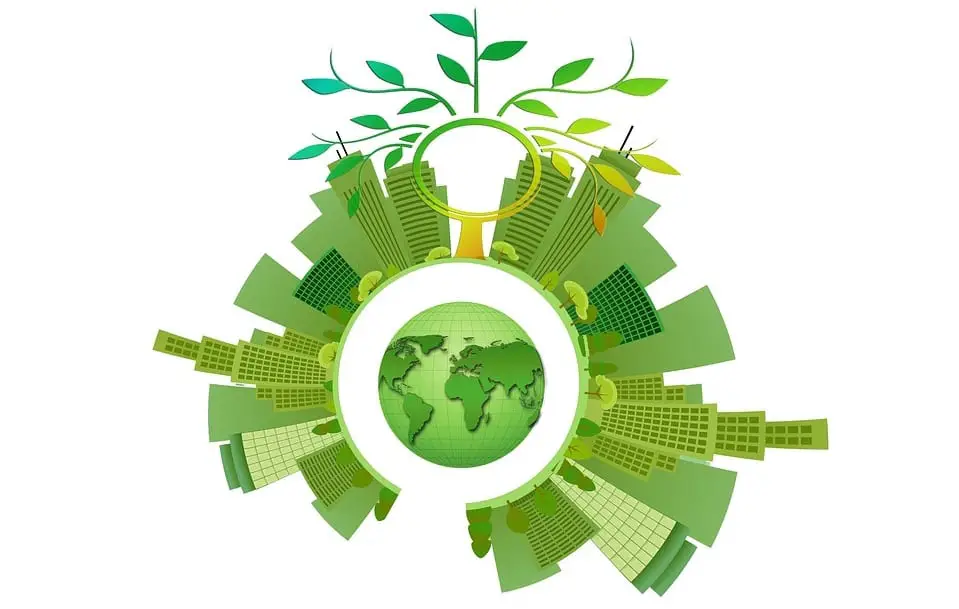
Google purchases more renewable energy than it consumes
April 13, 2018Google has announced that it now purchases more clean power than it actually uses
Google has become the largest corporate buyer of renewable energy in the world. The company claims that it now purchases more clean power than it actually consumes. Google’s renewable energy efforts began in earnest in 2017, when it unveiled plans to power all of its data centers with wind, solar, and others forms of clean power. While Google now purchases more clean power than it actually consumes, not all of the company’s electricity comes from renewable sources.
Company still has to rely on fossil-fuels, but that will change in the coming years
For every kilowatt-hour of electricity that the company consumes, it purchases at least a kilowatt-hour of electricity generated by wind and solar farms it has invested in. Google currently has a wide range of long-term power purchase agreements with several energy developers. These agreements have been instrumental in the company’s overarching clean power strategy. While it has significantly increased its renewable energy purchases over the past year, Google has noted that it is not yet possible to derive 100% of its electricity from renewable sources.
Investments have helped kickstart new energy projects
Google’s investments in the clean energy space have had a major impact. The company’s support has sparked the development of new energy projects throughout the world, most of which are located in the United States. These projects are all part of Google’s plan to become completely energy sustainable in the future. Eventually, Google will phase out its use of fossil-fuels, relying solely on the wind and solar farms it has helped developed.
Large corporations are embracing renewable energy in order to fight climate change
Several large corporations are supporting renewable energy aggressively. Apple, Amazon, and Microsoft have all vowed to increase their use of clean power in order to combat climate change. Apple alone plans to bring 4 gigawatts of renewable energy capacity online by 2020. Each of these companies plan to derive no less than 100% of their electricity from renewable sources in the coming years.



 HFN News is your leading source for fresh hydrogen and renewable energy updates. Amid the fast-paced growth of hydrogen companies, we provide top-notch news and insights about this exciting sector. Our coverage spans from hydrogen cars to global sustainable initiatives, and we highlight the latest in green jobs and developing hydrogen hubs. We invite you to share your local hydrogen news and explore today’s renewable energy job listings on our site. Thanks for choosing HFN News as your trusted guide to the hydrogen and renewable energy world!
HFN News is your leading source for fresh hydrogen and renewable energy updates. Amid the fast-paced growth of hydrogen companies, we provide top-notch news and insights about this exciting sector. Our coverage spans from hydrogen cars to global sustainable initiatives, and we highlight the latest in green jobs and developing hydrogen hubs. We invite you to share your local hydrogen news and explore today’s renewable energy job listings on our site. Thanks for choosing HFN News as your trusted guide to the hydrogen and renewable energy world!